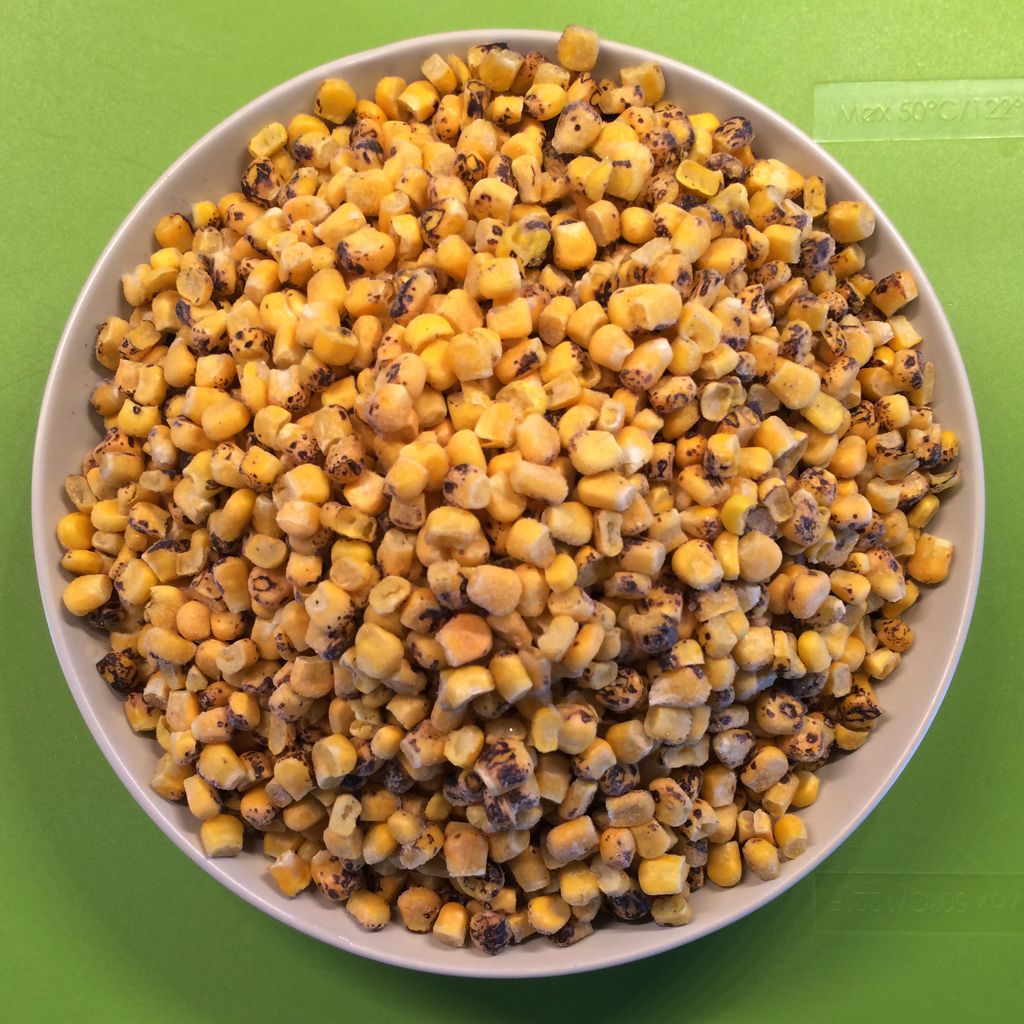Trying Your Luck with Old Seeds - Why Expired Seeds Aren't a Waste!
Expired Seeds for Vegetable Growing: A Summer Long Experiment With Seeds More Than A Few Years Old
Got a stack of old seed packets leftover from the last growing season? You're not alone! Regardless of the quantity, don't throw those seeds away. Planting expired seeds can result in delicious food and beautiful flowers growing in your garden.
I've tried this myself, growing a whole container vegetable garden using only seeds that were past their expiration date. Here's how I did it, along with a few nifty tips for growing expired seeds into a thriving garden!
The savviest gardeners always have a knack for finding new ways to save money. But many people tend to overlook reusing old seeds. Not only does it save you some cash, but it's also a great eco-friendly seed-starting strategy. Why throw away usable seeds, especially if they're still viable?
Comprehending Seed Shelf Life
Packets of seeds often come with various dates to help you determine seed freshness, so let's break them down:
- Packed For Date: Indicates the recommended year to grow the seeds for optimal germination.
- Sell By or Best By Date: Signifies the period when the seeds will most likely germinate with the best results.
- Sow By Date: Represents the validity of a previous germination test conducted before packaging, but not an indicator of seed freshness.
To clear up any confusion, do seeds expire? Yes, eventually they do, but it doesn't mean you can't grow plants from them. Edibility or quality of the plant isn't affected, only the likelihood of germination.
Seeds have different lifespans depending on their type, environmental factors, and storage conditions. Properly stored seeds last the longest, typically in cool, dry areas like refrigerators, cellars, or basements. Some seeds, such as zucchini, squash, watermelon, tomatoes, beans, and broccoli, maintain high germination rates for 3 to 5 years[1].
Growing Old Seeds - Let's Test Their Viability!
To check the viability of old seeds, conduct a simple seed germination test:
- Fold a damp paper towel and place the seeds on it in a single layer, ensuring they don't touch.
- Seal the paper towel in a plastic baggie and label it with the seed type.
- Leave the baggie at room temperature for 10 days.
- Check the germination rate after 10 days. A germination rate of at least 50% indicates a moderately viable seed packet[2].
If you'd like to test seeds from a packet, simply remove around 10 seeds, moisten a paper towel, and place the seeds in it. Put the damp paper towel into a plastic baggie and wait 10 days to check the germination rate.
Prepping Expired Seeds for Planting
After around two weeks, transplant any seeds that have sprouted into individual containers filled with potting mix. Allow your seedlings to grow until they have a pair of true leaves, then plant them outdoors or in larger pots[3]. Be patient, as some varieties might take longer than others to germinate.
Growing old seeds isn't always a guaranteed success. Depending on the seed type and age, some may not sprout - but don't worry, there's no harm in trying! In fact, if you had followed the seed expiration date and skipped the older seeds, you might have missed out on delectable home-grown vegetables!
Diving Deeper Into Expired Seeds
Want to know more about seeds and how they grow? Explore our enlightening resources:
- Discovering The Secret Life of Seeds: Get the lowdown on seed structures, how they travel, and the inside scoop on the journey from seed to sprout.
- A Green Thumb's Guide to Starting Seeds Indoors: Check out our top tips for growing the strongest seedlings ever, ensuring an earlier and more bountiful harvest!
- Upgrade Your Seed Collection: Transform your garden with a stylish, efficient, and eco-friendly Park Seed Bio Dome (available at the shop) specifically designed to sprout seeds and nurture them to incredible growth[4]!
Make the most of your old seeds by growing delicious, homegrown vegetables and stunning flowers! Don't forget to save some seeds from your successful harvest for next year's garden, ensuring you keep saving money and contributing to a more sustainable world.
Sources
[1] National Sustainable Agriculture Information Service. (2010). Seed Storage. Accessed March 31, 2021, from https://attra.ncat.org/attra-pub/seedstorage.html
[2] University of Wisconsin Extension. (n.d.). Seed Viability Test. Accessed March 31, 2021, from https://uwex.edu/ces/wedobetter/pdfs/Seed Viability Test.pdf
[3] University of Illinois Extension. (n.d.). Preserve and Store Seeds for Next Year. Accessed March 31, 2021, from https://web.extension.illinois.edu/cfivt/store-seeds-for-next-year
[4] Park Seed Company. (n.d). BioDome® Greenhouse. Accessed March 31, 2021, from https://www.parkseed.com/blog/biodome-greenhouse/
Regardless of the age, old seeds can still be a valuable asset in your home-and-garden adventures. By conducting a simple seed germination test, you can determine the viability of those old seeds and potentially grow a diverse range of plants, such as vegetables and flowers, that could brighten your lifestyle.
In addition to being a potential money-saving hack, growing old seeds is also an eco-friendly seed-starting strategy, as it reduces waste and promotes sustainability. Proper storage keeps seeds in top condition for long-term use, allowing you to build a stockpile of seeds during the off-season for future gardening.








